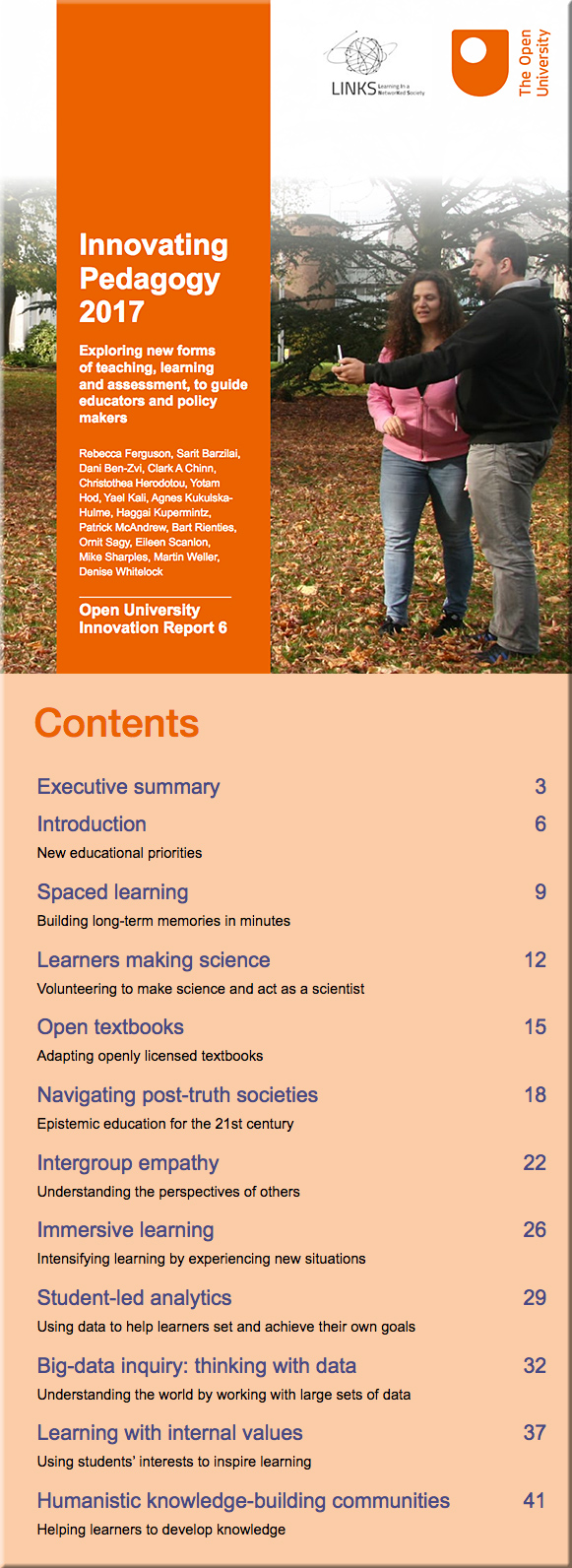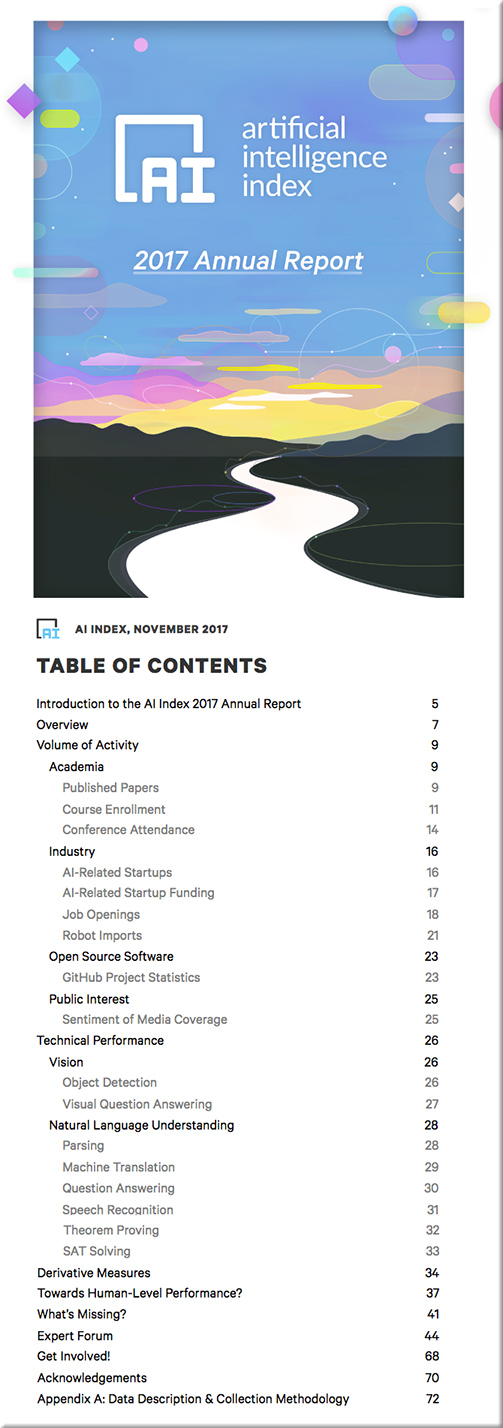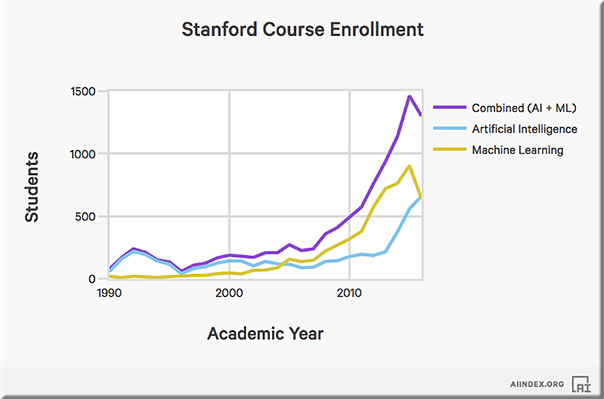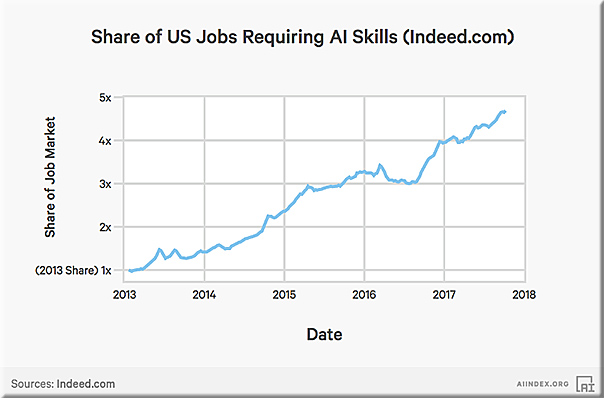
“Access to Justice” – the first open access issue of Dædalus — from amacad.org
Excerpt:
“Access to Justice” – the first open access issue of Dædalus – features twenty-four essays that examine the national crisis in civil legal services facing poor and low-income Americans: from the challenges of providing quality legal assistance to more people, to the social and economic costs of an often unresponsive legal system, to the opportunities for improvement offered by new technologies, professional innovations, and fresh ways of thinking about the crisis.
To attract talent, corporations turn to MOOCs — from edsurge.com by by Wade Tyler Millward
Excerpt:
When executives at tech giants Salesforce and Microsoft decided in fall 2017 to turn to an online education platform to help train potential users of products for their vendors, they turned to Pierre Dubuc and his team in fall 2017.
Two years later, Dubuc’s company, OpenClassrooms, has closed deals with both of them. Salesforce has worked with OpenClassrooms to create and offer a developer-training course to help people learn how to use the Salesforce platform. In a similar vein, Microsoft will use the OpenClassrooms platform for a six-month course in artificial intelligence. If students complete the AI program, they are guaranteed a job within six months or get their money back. They also earn masters-level diploma accredited in Europe.
With flip of a giant ceremonial switch, CMU starts effort to energize ‘learning engineering’ [Young]
With flip of a giant ceremonial switch, CMU starts effort to energize ‘learning engineering’ — from edsurge.com by Jeff Young
Excerpt:
Pittsburgh, PA—For a moment this week, the provost of Carnegie Mellon University looked a bit like a game show host as he grabbed the lever of an oversized switch and called on an audience to join him in a countdown—“5, 4, 3, 2, 1.” Then, he toggled the cardboard lever and declared open a new website, one that gave away software that took more than $100 million in grant funding to develop.
It was an unusually theatrical moment for a gathering to announce the release of software tools to help professors improve their teaching. But the organizers were playfully acknowledging the size of their project’s ambition—which they hope will spark a more data-driven and experimental approach to teaching at colleges around the country. And the flair was fitting, since success will end up being based not so much on how well the software works, but on how well its creators can attract momentum to their cause—and change the culture of the academic profession to make teaching an area professors are excited to make discoveries around.
…
Plenty of others have tried in the past to bring the principles of engineering to college teaching, though with limited success. In fact, the effort at Carnegie Mellon is named for Herbert Simon, a longtime professor at Carnegie Mellon who won a Nobel Prize in economics and devoted his energy and academic capital to trying to spread his ideas about turning teaching from a solo sport to a team effort. But it didn’t catch on widely in his lifetime.
From DSC:
…and devoted his energy and academic capital to trying to spread his ideas about turning teaching from a solo sport to a team effort. But it didn’t catch on widely in his lifetime.
Why do you supposed getting faculty members to use a team-based approach is so difficult? We really need to look at that, especially if institutions of higher education are going to keep increasing how much it costs to take courses at their schools — and all the while placing the emphasis on research…not teaching.
Like using an indexing fund in investing — vs. a hand-picked set of stocks — a team-based approach will be more effective the majority of the time. How can it not? There are simply too many skillsets/interests needed, especially as teaching and learning continues to move more online.
“Learning by doing appears to have a 6x better [outcome] than learning by watching or reading,” Koedinger said. He and his colleagues published an academic paper with the finding called “Learning is Not a Spectator Sport.”
Also see:
Caselaw Access Project (CAP) Launches API and Bulk Data Service — from the Library Innovation Lab at the Harvard Law School Library by Kelly Fitzpatrick
Excerpt:
[On 10/29/18] the Library Innovation Lab at the Harvard Law School Library is excited to announce the launch of its Caselaw Access Project (CAP) API and bulk data service, which puts the full corpus of published U.S. case law online for anyone to access for free.
Between 2013 and 2018, the Library digitized over 40 million pages of U.S. court decisions, transforming them into a dataset covering almost 6.5 million individual cases. The CAP API and bulk data service puts this important dataset within easy reach of researchers, members of the legal community and the general public.
To learn more about the project, the data and how to use the API and bulk data service, please visit case.law.
Also see:
- Harvard Law Gives Public Free Access to Four Centuries of U.S. Court Cases — from thecrimson.com by Laura Espinoza and Katherine Li
Excerpt:
Artificial Intelligence has leapt to the forefront of global discourse, garnering increased attention from practitioners, industry leaders, policymakers, and the general public. The diversity of opinions and debates gathered from news articles this year illustrates just how broadly AI is being investigated, studied, and applied. However, the field of AI is still evolving rapidly and even experts have a hard time understanding and tracking progress across the field.
Without the relevant data for reasoning about the state of AI technology, we are essentially “flying blind” in our conversations and decision-making related to AI.
Created and launched as a project of the One Hundred Year Study on AI at Stanford University (AI100), the AI Index is an open, not-for-profit project to track activity and progress in AI. It aims to facilitate an informed conversation about AI that is grounded in data. This is the inaugural annual report of the AI Index, and in this report we look at activity and progress in Artificial Intelligence through a range of perspectives. We aggregate data that exists freely on the web, contribute original data, and extract new metrics from combinations of data series.
All of the data used to generate this report will be openly available on the AI Index website at aiindex.org. Providing data, however, is just the beginning. To become truly useful, the AI Index needs support from a larger community. Ultimately, this report is a call for participation. You have the ability to provide data, analyze collected data, and make a wish list of what data you think needs to be tracked. Whether you have answers or questions to provide, we hope this report inspires you to reach out to the AI Index and become part of the effort to ground the conversation about AI.









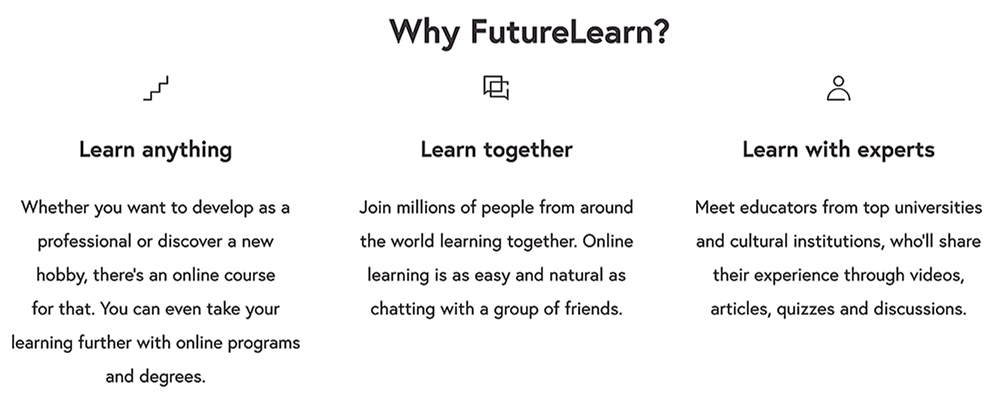


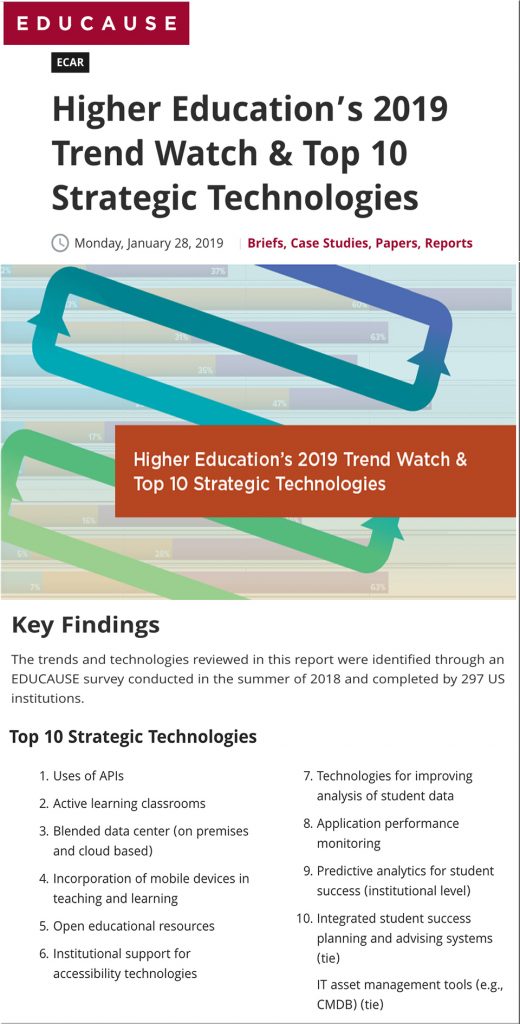

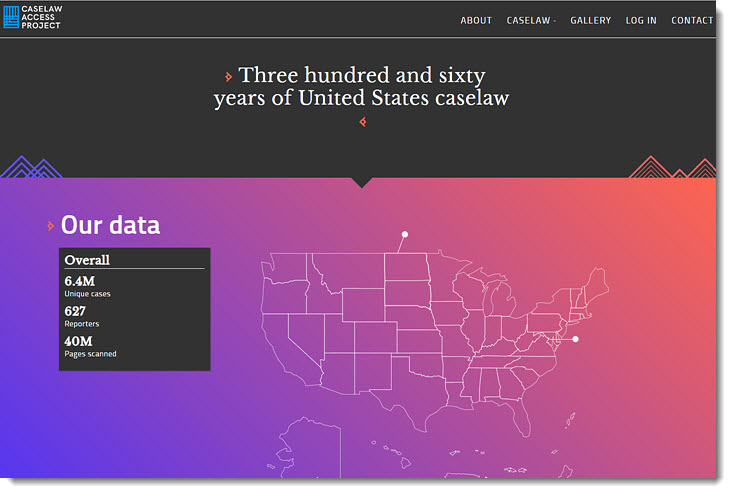

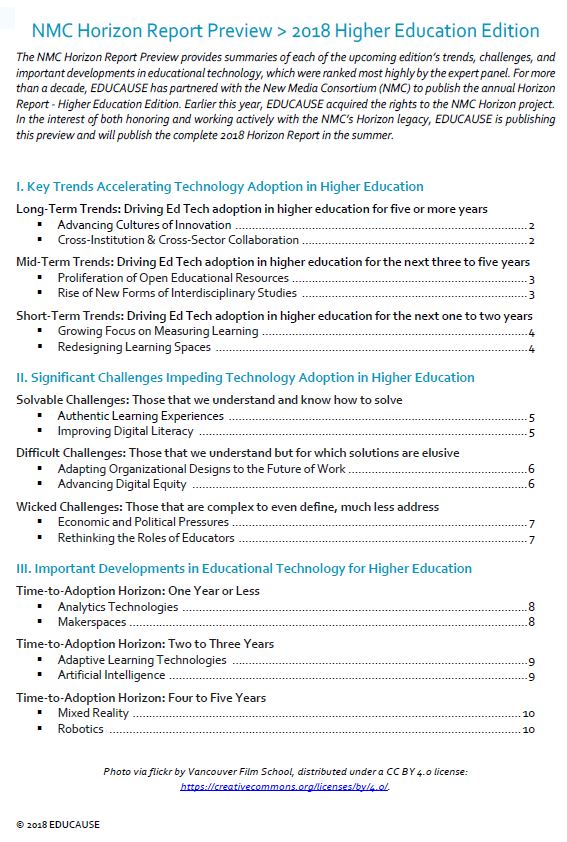
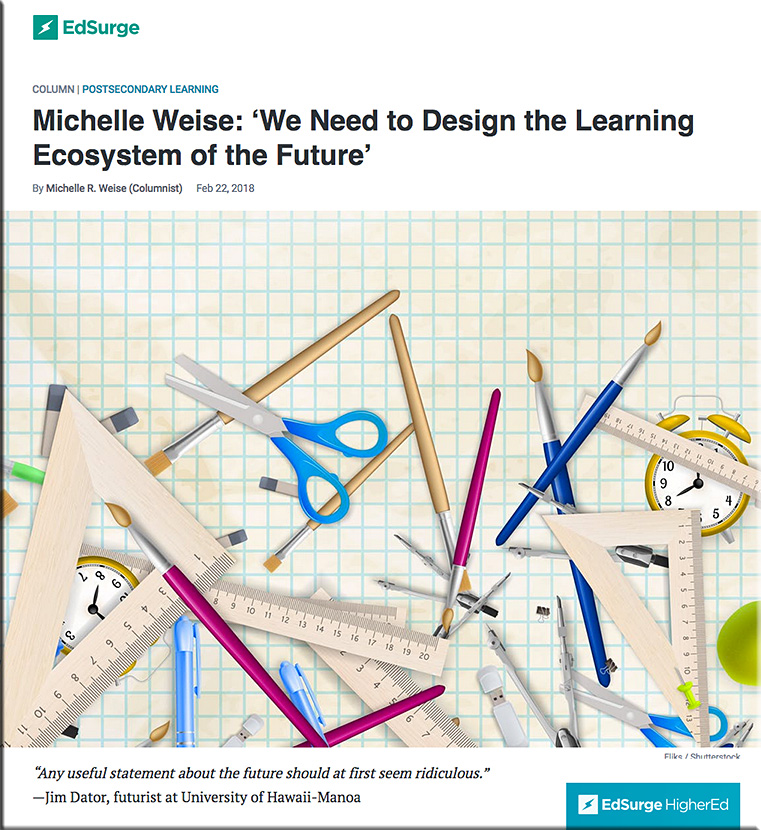
![The Living [Class] Room -- by Daniel Christian -- July 2012 -- a second device used in conjunction with a Smart/Connected TV](http://danielschristian.com/learning-ecosystems/wp-content/uploads/2012/07/The-Living-Class-Room-Daniel-S-Christian-July-2012.jpg)

